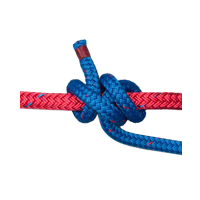Mooring Hitch Tying
Pass the rope behind and over the pole. With the tail, form a loop so that the tail touches the standing end. Pass a bight of the tail across the loop and under the standing end and tighten to take the load. Pull the tail to release.
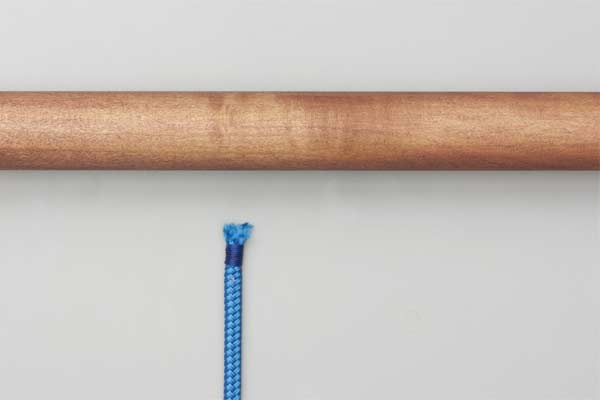
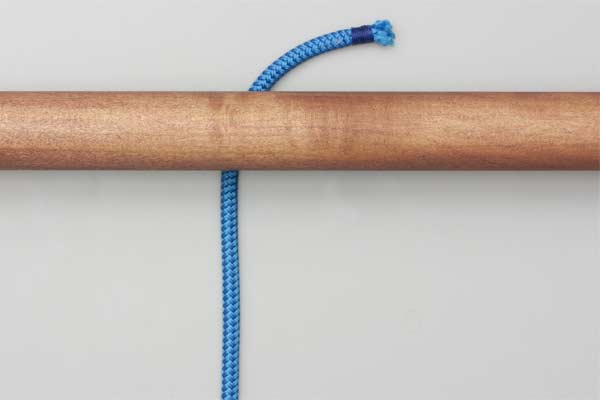
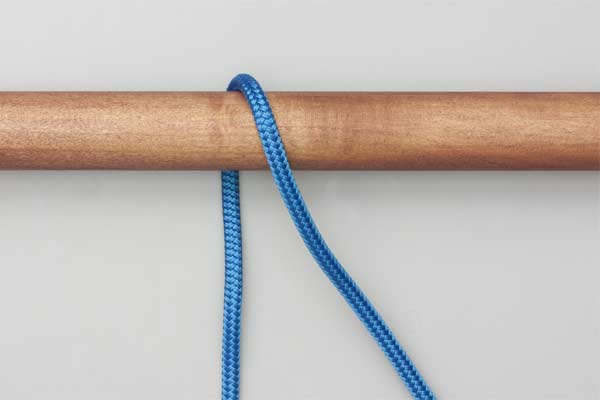
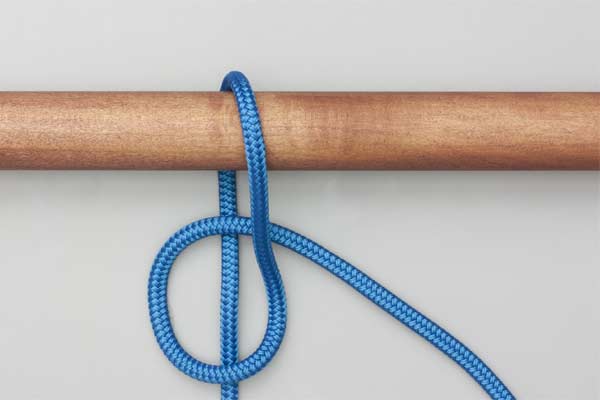
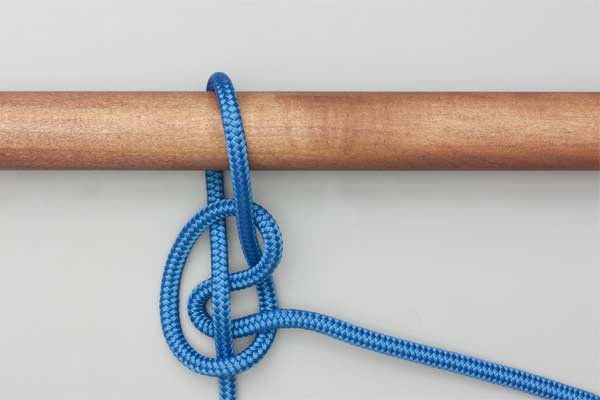
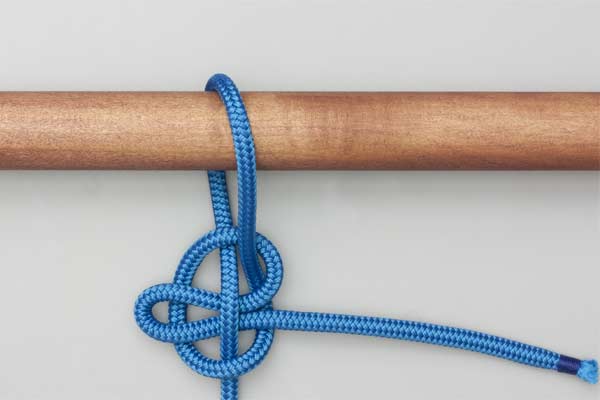

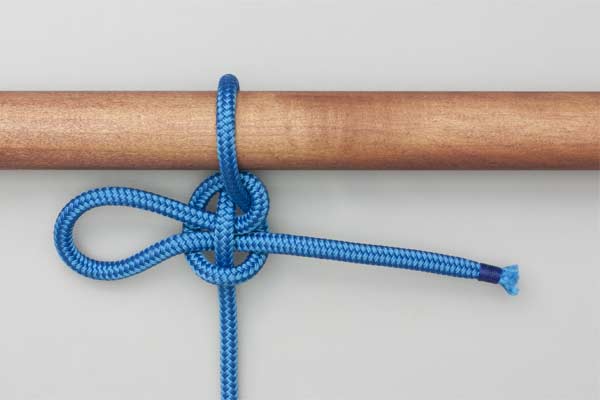
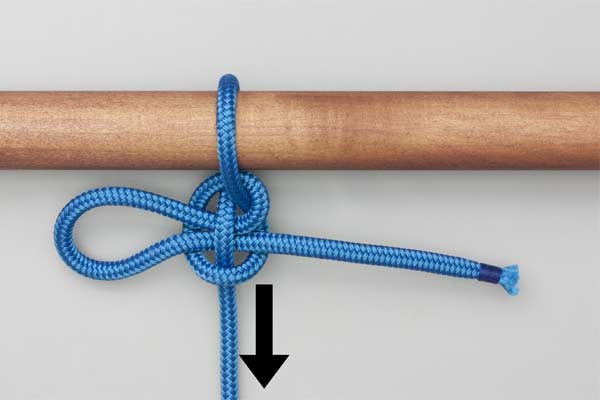
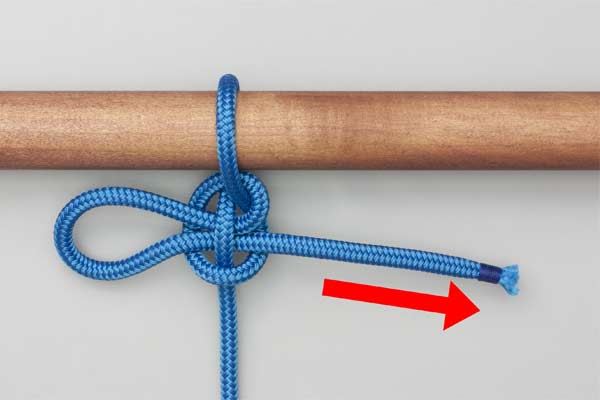
Mooring Hitch Details
Name: Ashley suggested that the name "Mooring Hitch" may have been an early name for the Rolling Hitch (ABOK # 1791, p 304) and pointed out that when snug it will not slip down the post. He actually used the name Mooring Hitch for (ABOK # 1194, p 217 ). However, later in the book this same knot appeared as the Pile Hitch (ABOK # 1815, p 306) – which name appears to have stuck.
Tying it: The animations shows the locking bight passing sideways under the standing end. To make it easier to tie, many descriptions show a bight of the standing end being lifted up first to make this easier.
Quick Release Hitches: Many quick-release hitches have been described. The Tumble the Siberian (Evenk) and the Highwayman's are also described here. Of the four, the Tumble Hitch may be the most secure.
Real Danger: Quick release hitches share a major fault: entanglement of the free tail with the moving load can trigger abrupt release. A climber, frightened by a sudden slip or jerk, might grab at the adjacent line and trigger a fatal fall. Quick release knots should not be used for retrieving a climbing rope because there are recommended alternatives: 1, 2, 3, 4.
Not for Mooring: This so-called Mooring Hitch has been described as being tied loosely around a pole so that the loop can rise and fall with the tide. Even discounting the risk of the loop catching on oysters, barnacles, bolts, and beams, such use must be condemned because it implies protracted use of a knot that cannot be trusted and is also prone to jam.
Uses: It might be reasonable to use a Mooring Hitch to briefly tie up a kayak while getting into it. However, it makes more sense to learn and use the Tumble Hitch which is more trustworthy.


